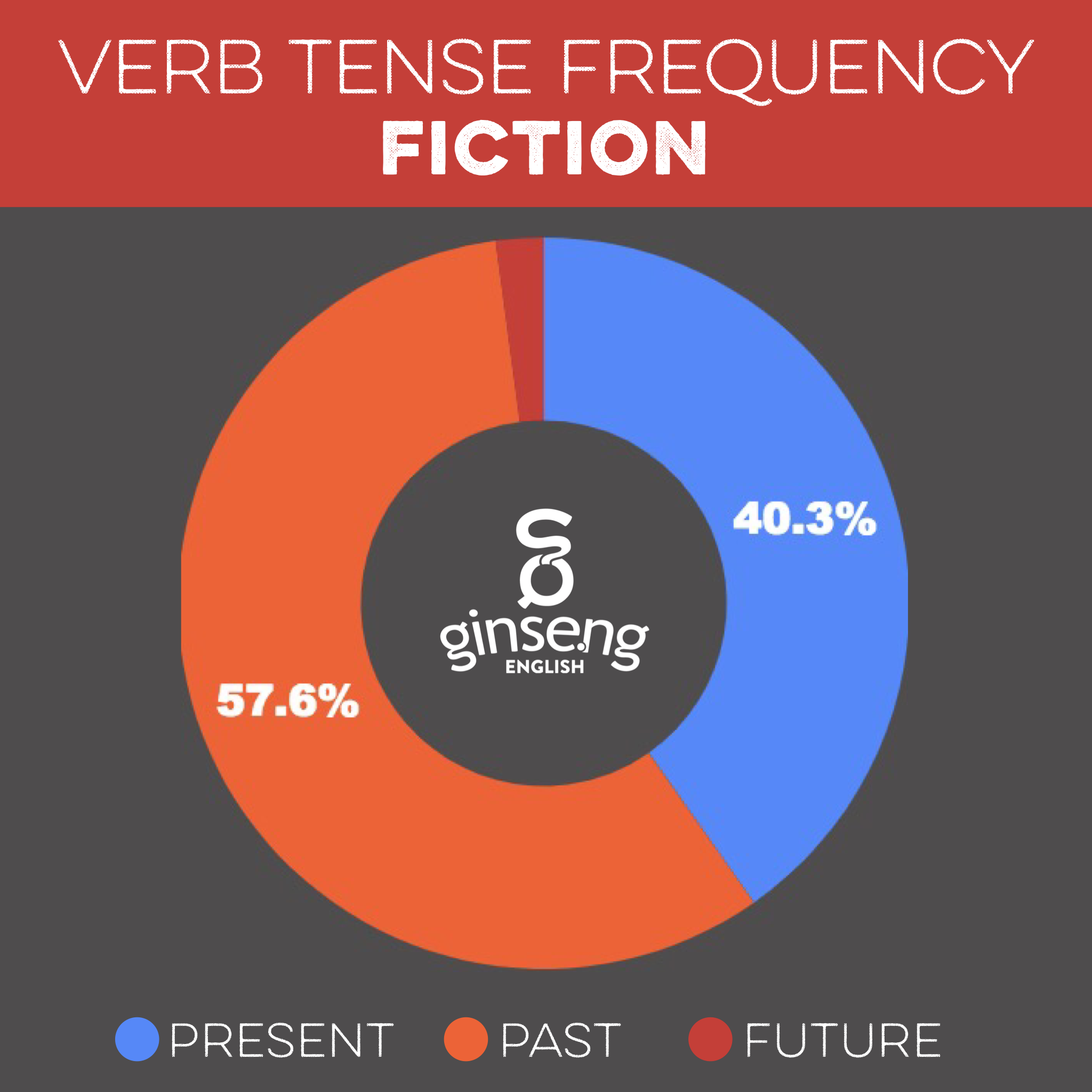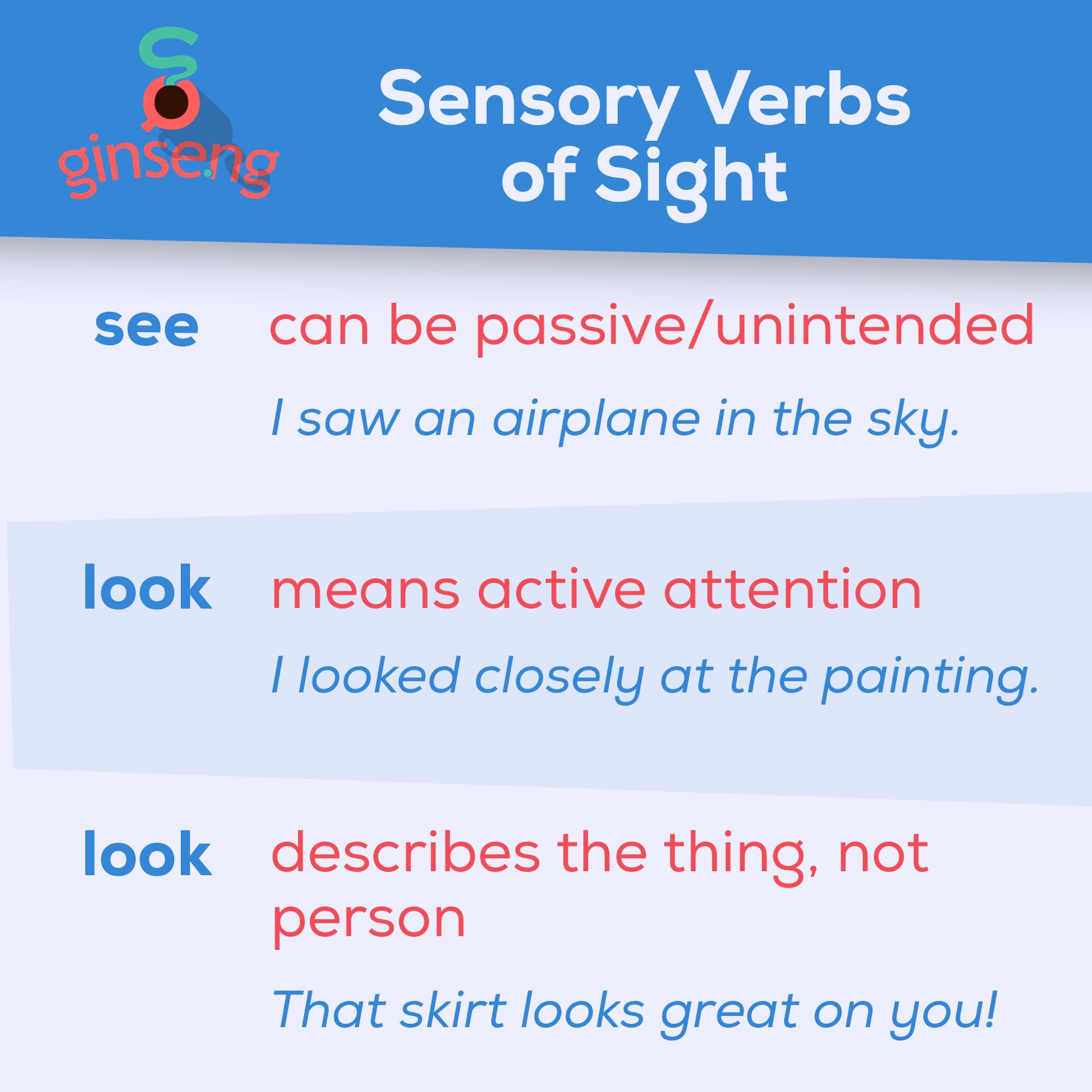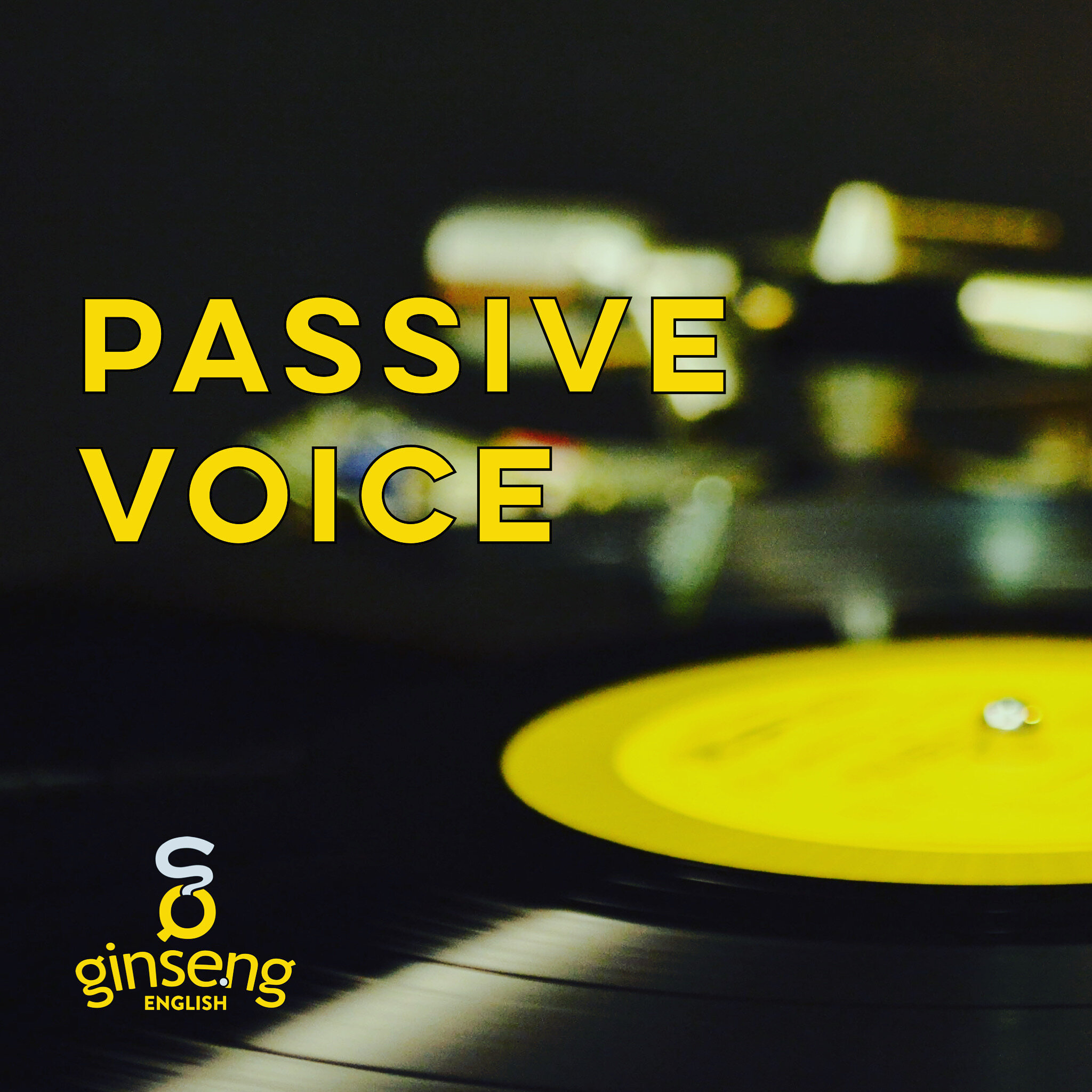English Verb Form Frequency
We spend a lot of time in English class studying all the different verb tenses. I can't tell you how many times my students have asked me, "How often do we really use the future perfect progressive?" My answer is usually that it is very rare, but it's meaningful, and it can be helpful to understanding how the past perfect progressive works as well. But that really is a good question:
How often do we use each verb tense in English?
This is an important question because there are 12 different verb tenses in English, and you want to study strategically, learning the most valuable ones!
Let's start by saying that there is no one answer. As you may know, the English we use for speaking is different from the English we use in writing. There are many different situations to be speaking or writing in, and in each of those situations we would see different verb frequencies. Even from person to person, our individual speaking style might lead one person to use, for example, the present tense more often than another person. We can, however, observe some useful patterns.
The 5 Most Commonly used English Verb Tenses
If you are looking for a quick answer, here it is:
| # | Tense | Frequency |
|---|---|---|
| 1 | Simple Present | 57.51% |
| 2 | Simple Past | 19.7% |
| 3 | Simple Future | 8.5% |
| 4 | Present Perfect | 6.0% |
| 5 | Present Continuous | 5.1% |
Some quick insights from the top 5:
The simple present accounts for more than half of the verbs used in English speech
The 5 most commonly used verb tenses total up to over 95% of usage
The simple tenses are the top three verb tenses
For a more in-depth analysis, read on!
The Source Material
For this post, we looked at an interesting research study by Krámský (1969). We have also updated this article to include findings from Alzuhairy (2016). Krámský took several different samples of three different styles (or registers) of English—novels, plays, and specialized (academic and technical) texts. He analyzed 20,000-word samples from each text, counting each form of each verb, and sharing all his data.
The results are complex, and grouped in ways that might not be too helpful, but I have tried to regroup them and show them in charts that are more useful for language teachers and learners.
Before we look at some of those patterns, I want to include a caveat, or warning. When compared to all the language in the world, Krámský's sample is actually very, very small. Ideally, we would get this information from a larger base of language called a corpus, like the Corpus of Contemporary American English. Unfortunately, information of this kind is currently difficult (if not impossible) to get from most corpora. Still, the general proportions and patterns that Krámský found should be fairly accurate. The one other warning is that the texts Krámský used as samples of spoken (or colloquial) English are actually plays, written to sound like spoken English. It is very possible that examples of actual spoken English would be different from the language found in the plays.
Ok, now let's get to the fun stuff!
Verb Tense Frequency
First, I've broken each text type down by verb tense: past, present, and future:
As you can see, there are some big differences between different text types. Spoken English is mostly in the present tense (68.9%), but fiction is mostly past tense (57.6%). Specialized texts overwhelmingly use the present tense (87.1%).
This makes a lot of sense. In fiction, we generally tell stories that take place before: first this happened, then that happened, then that happened. When we speak, though, we talk a lot more about what we think and feel and like, what we do, who people are, our experiences and all of these things are expressed in the present tense. In specialized texts, we are often writing about things that are generally true, and here again, we use the present tense a lot.
The future tense is less used in all text types: 9% in speech, 2% in fiction, and 4% in specialized texts.
This table breaks down each tense by frequency in all three text types:
| Tense | Speech | Frequency | Specialized |
|---|---|---|---|
| Present | 68.9% | 40.3% | 87.1% |
| Past | 22.4% | 57.6%% | 8.7% |
| Future | 8.7% | 2.1% | 4.3% |
Verb Aspect Frequency
The tenses are easy enough—past, present, future—but the really tricky thing about learning English verbs is the four aspects: simple, progressive, perfect, and perfect progressive. Thankfully, there isn't as much difference between the different styles of English when it comes to aspect. Take a look:
The charts look generally the same. In every style of English, the simple aspect—simple present, simple past, and simple future—makes up over 85% of verbs that we use. The lesser-used aspects all fall in the same order: after simple, it's perfect, then progressive, then perfect progressive gets a tiny little sliver of use. Biber and Reppen (2002) confirm this pattern, observing that the simple aspect is “more than 20 times as common as progressive in conversation.” (p. 204, cited in Alzuhairy (2016).
Alzuhairy (2016) studied academic texts in particular. The same general pattern applies, but simple present only accounts for about 50% of verbs in Alzuhairy’s findings.
Most Used Tenses and Aspects
5 verb forms make up 96% of all verbs in spoken English.
I think this may be one of the most useful insights from Krámský's work for teachers and students. Although there are 12 tense/aspect combinations in English, 5 of these cover around 96% of spoken English.
Notice that the simple present alone accounts for 57% of verbs. Next is the simple past (19.7%), then simple future (8.5%), followed by present perfect (6.0%) and then present progressive (5.1%). If you want to know which verb tenses to learn first, these five will definitely give you the most bang for your buck!
The remaining 7 tense/aspect combinations are each under 1.5% of spoken English verbs. Of course, it is valuable to learn all the combinations, but if you want to prioritize the most useful verb tenses, this should be helpful.
Active and Passive Voice
The passive voice is another of those constructions that challenges students and leads to the question, how useful is this? Well, again, Krámský's work gives us some idea how useful they are. Here is a breakdown of active and passive constructions in the three registers:
The vast majority of verbs in English are in the active voice.
It is not surprising that the vast majority of verbs are active. The most important takeaways that I see are these: 97.5% of verbs in spoken English are active, but the passive voice is much more common in specialized and academic texts, in which only 82.2% of sentences are active.
Complete Table of Most Used Verb Tenses in English
| # | Tense | Frequency |
|---|---|---|
| 1 | Simple Present | 57.51% |
| 2 | Simple Past | 19.7% |
| 3 | Simple Future | 8.5% |
| 4 | Present Perfect | 6.0% |
| 5 | Present Continuous | 5.1% |
| 6 | Past Continuous | 1.4% |
| 7 | Past Perfect | 1.2% |
| 8 | Present Perfect Continuous | 0.7% |
| 9 | Future Perfect | 0.2% |
| 10 | Future Continuous | >0.1% |
| 11 | Past Perfect Continuous | >0.1% |
| 12 | Future Perfect Continuous | >0.1% |
More free grammar resources:



















